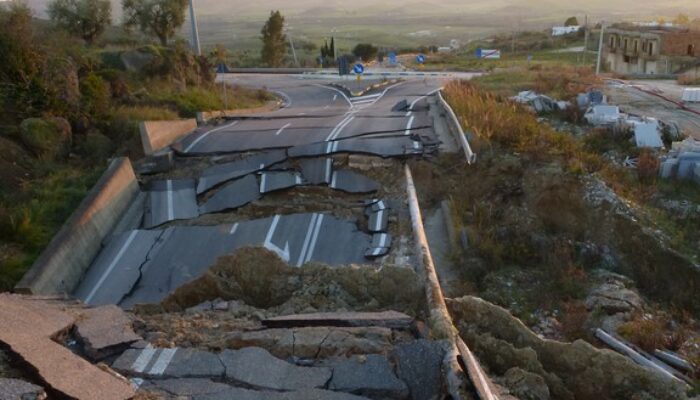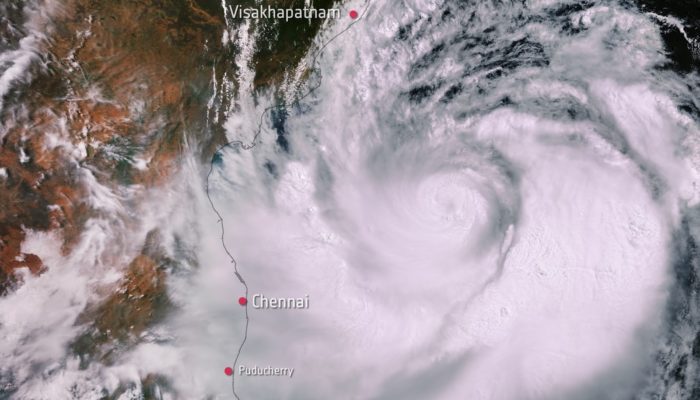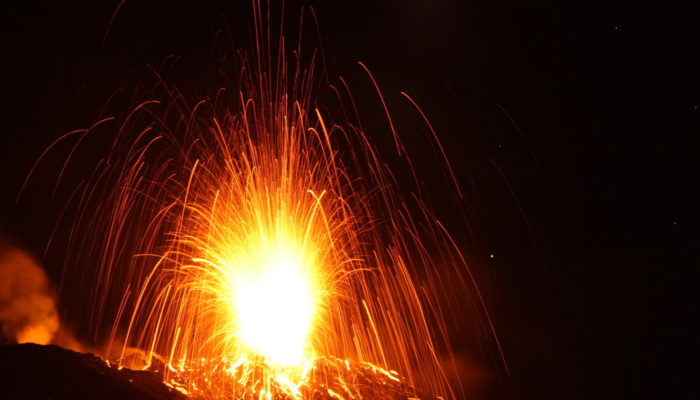In the last months two paroxysmal explosive eruptions took place at Stromboli volcano: the first one, totally unexpected, on 3rd July (Video 1) that sadly cost the life of a person and the second and, currently, last one about three weeks ago, on the 28th August (Video 2). Today we try to answer a couple of questions about Stromboli and its eruptions. Are these paroxysmal eruptions common or rare ...[Read More]
Where science and communication meet: the editorial world of scientific journals.

The ultimate scope of scientists is to publish their research advancement and share it with the scientific community and civil society. Researchers, whether coming from academia or research institutes, publish their results in peer-reviewed journals, that are usually highly technical and often incomprehensible to anyone except the major experts in the field. In some subjects is inevitable given th ...[Read More]
Cyclone Fani: A success in weather forecast and disaster preparedness

Hurricane, cyclone and typhoon are different terms for the same weather phenomenon: torrential rain and maximum sustained wind speeds (near centre) exceeding 119 km/hour (World Meteorological Organization https://public.wmo.int/en). The terminology depends on the region (e.g. in the western North Pacific, they are called typhoons; in the Bay of Bengal and the Arabian Sea they are named as cyclones ...[Read More]
The proliferation of Cyanobacterial blooms: A toxic blue tide
Dr Assaf Sukenik is Senior Scientist at Kinneret Limnological Laboratory of the Israel Oceanographic and Limnological Research. His research interests concern the physiology and biochemistry of freshwater and marine algae, Cyanobacteria and algal toxins, the water quality of freshwater ecosystems. What are cyanobacteria and what is their natural habitat? Cyanobacteria (from the Greek word κυανοσ = ...[Read More]

